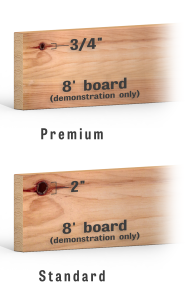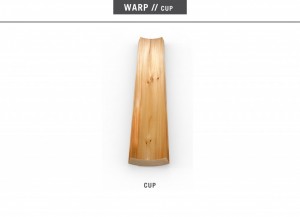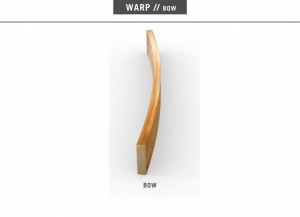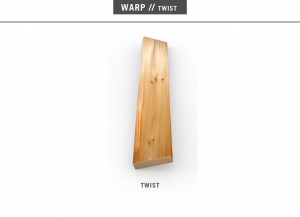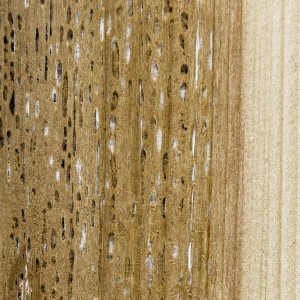
The table below provides the maximum amount of decay allowed in each grade. Click on the image to the right as a refresher on identifying Decay in a board (Click on the image to enlarge, then click anywhere outside the image to return to the course page). View the video for a demonstration on measuring decay in a board.
| Grade | Incipient | Advanced | ||
| Face | Back | Face | Back | |
| C Select | Not Permitted within Grade | |||
| D Select | Not Permitted within Grade | |||
| Finish | Not Permitted within Grade | |||
| Premium | 5% | 10% | Not Permitted within Grade | |
| Standard | 10% | 30% | 1% | 10% |
| Industrial | Not Limited by Grade | 50% of surface area | ||

